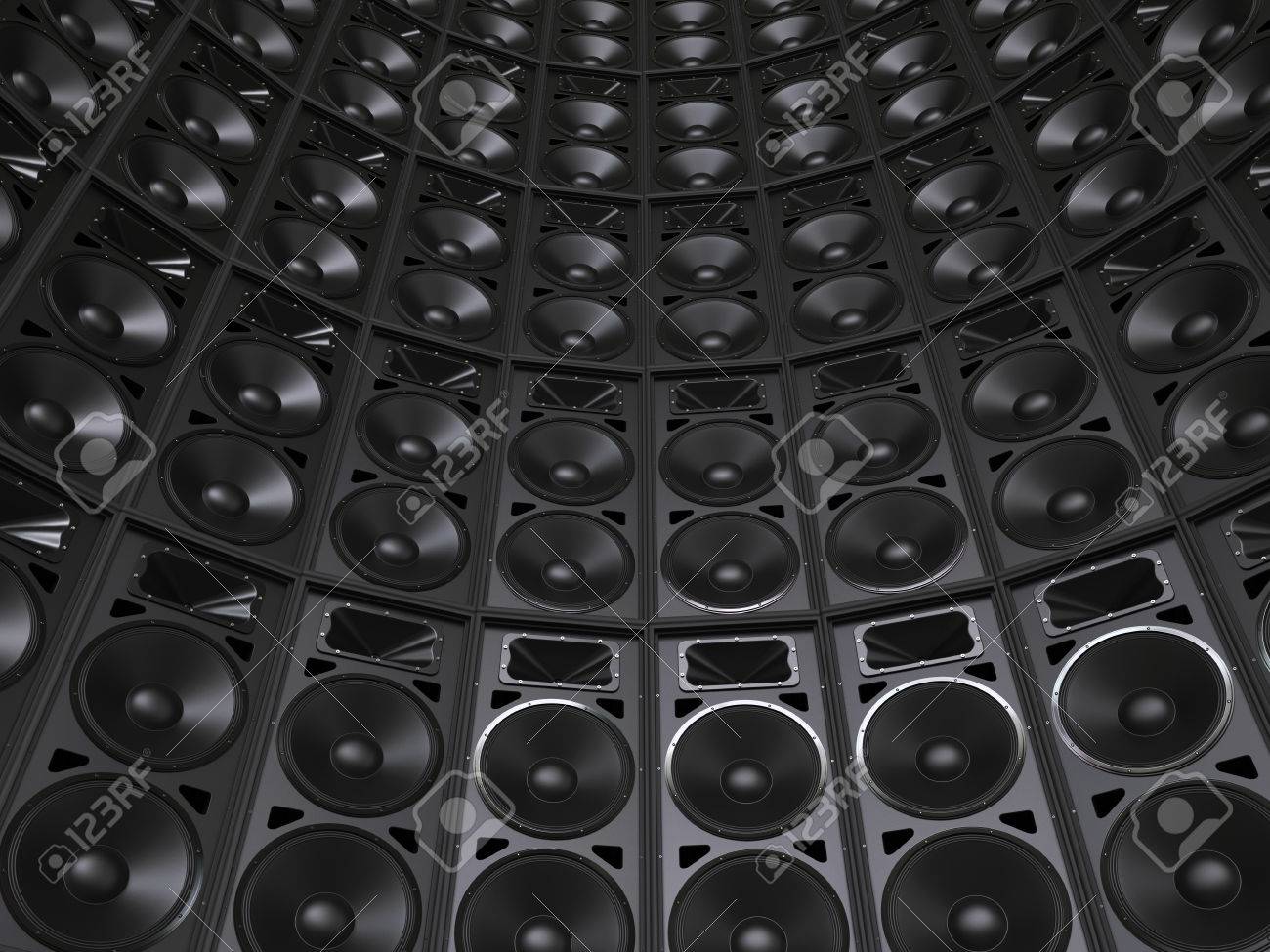
 |
|
#16
|
|||
|
|||
|
I was reading an article from Ervin Somogyi the other day that also explored why he used a wider saddle. https://esomogyi.com/articles/princi...cs-and-design/
He discusses it in terms of improving the coupling of the string energy to the bridge. It seemed to me like it had a potential relevance to the experiment discussed.
__________________
Martin |
|
#17
|
|||
|
|||
|
I changed nothing. I loosened the strings, took out the bridge pins and tightened them back up when the new saddle was finished.
|
|
#18
|
|||
|
|||
|
Quote:
It’s pretty easy to calculate with engineering statics that I took in college. If only I could remember college. Lol
__________________
"Lift your head and smile at trouble. You'll find happiness someday." |
|
#19
|
|||
|
|||
|
Trevor Gore, who has done a lot of work on guitar acoustics, claims that having the string wrap around the saddle works better than having it contact at a point. In this he directly contradicts Somogyi. I suspect that it's best to have both sufficiently solid contact just at the front edge to stop vertical motion at that point, and also to wrap around at least some, which may help with horizontal motion. I've been working on an improved monochord to look at various aspects of the string signal, and am finding that to be the case. It's certainly true that the devil is in the details...

|
|
#20
|
|||
|
|||
|
Quote:
Can you please clarify what you mean (or what TG means) by "wrap around?" I know there are many bridge/saddle configurations but am not conjuring a mental image of what this means. Thanks! |
|
#21
|
|||
|
|||
|
Quote:
Thanks
__________________
|
|
#22
|
|||
|
|||
|
Interesting -
To make to curvature on the insert, I should imagine removing the strings and pins, laying down a piece of sandpaper on the bridge then rubbing the insert on the paper would help facilitate making the fit - - - just a thought.
__________________
2004 Martin J-41 Special Sitka/EIR 2002 Huss and Dalton TDR 45 Sitka/Honduran Rosewood 2014 Huss and Dalton TDR 45 Bearclaw Adi/Brazilian Rosewood 2019 Ryan Nightingale Bearclaw Sitka/EIR |
|
#23
|
|||
|
|||
|
Quote:
__________________
Martin |
|
#24
|
|||
|
|||
|
Would be interesting to do an experiment using some kind of device to mechanically and consistently strum the strings, with the guitar in a stand, keeping all the mic distance and position the same along with the recording settings. Then record the guitar’s sound first with only the original saddle, next with the additional one, and finally just the original one again. The suggestion to use the second one over a UST is very intriguing.
__________________
1950 Martin 00-18 RainSong Concert Hybrid Orchestra Model 12 Fret Eastman E20OOSS. Strandberg Boden Original 6 Eastman T185MX G&L ASAT Classic USA Butterscotch Blonde Rickenbacher Lap Steel Voyage-Air VAD-2 Martin SW00-DB Machiche 1968 Guild F-112 Taylor 322e 12 Fret V Class |
|
#25
|
|||
|
|||
|
the next step would be a fully bone bridge
|
|
#26
|
|||
|
|||
|
Quote:
Quote:
|
|
#27
|
|||
|
|||
|
65% louder? I don't buy it. How did you come to such a conclusion?
Slotted bridge holes held in place with non-slotted bridge pins results in damage to the bridge plate but would be impossible do prove has better tone. Psychoacoustics is a very interesting topic though. |
|
#28
|
|||
|
|||
|
So did I - mine works better
 : :
__________________
"Mistaking silence for weakness and contempt for fear is the final, fatal error of a fool" - Sicilian proverb (paraphrased) |
|
#29
|
||||
|
||||
|
Am I wrong to think that the modified bridge lengthens the string and increases tension, which may have an effect?
__________________
McNally Custom Dread Adi/Hog, McNally Custom OM Cedar/Walnut 000-28 Lowden S32J Guild F-512e (Spruce/Rosewood) |
|
#30
|
|||
|
|||
|
I thought the opposite was true, at least according to Bryan Kimsey, John Arnold, etc.
|